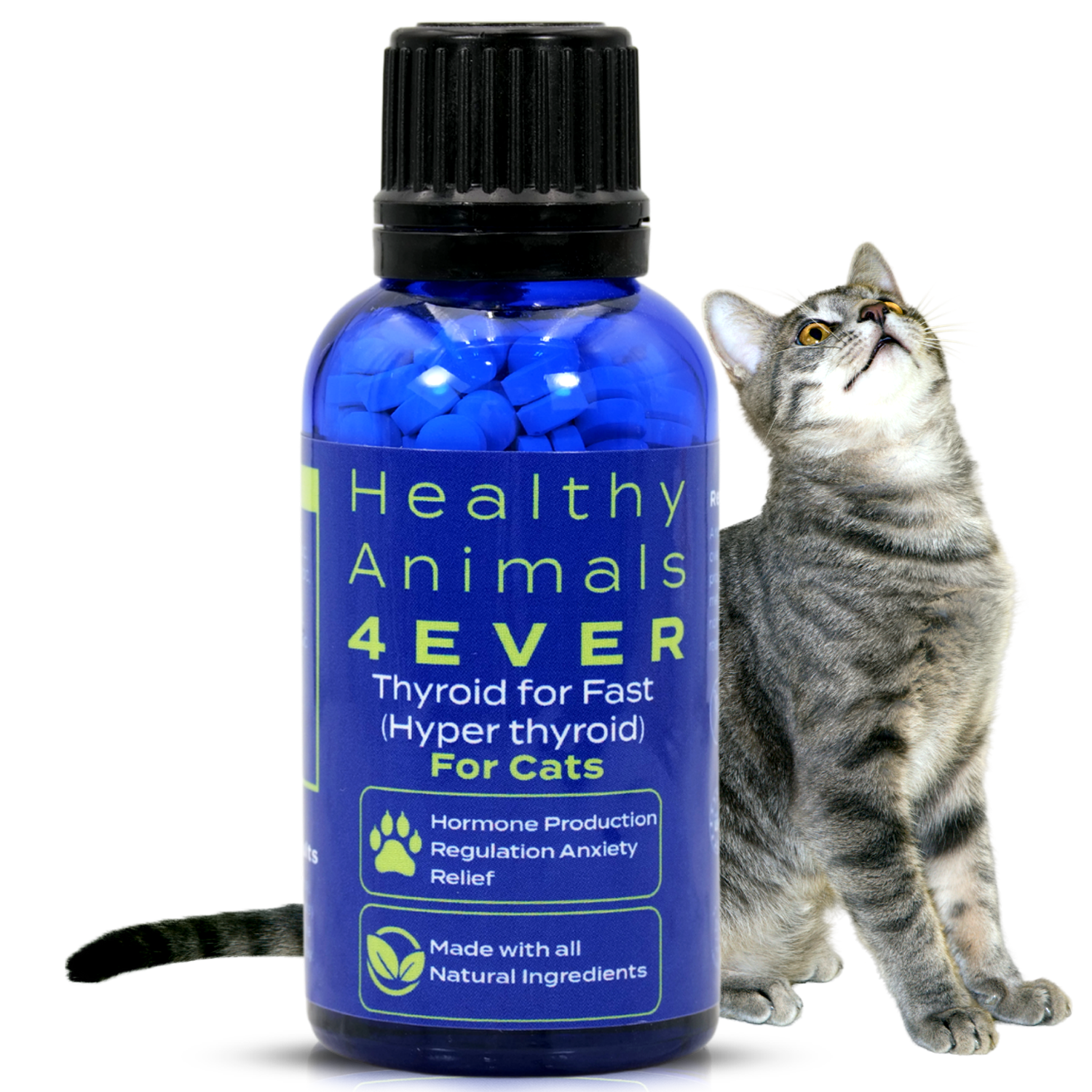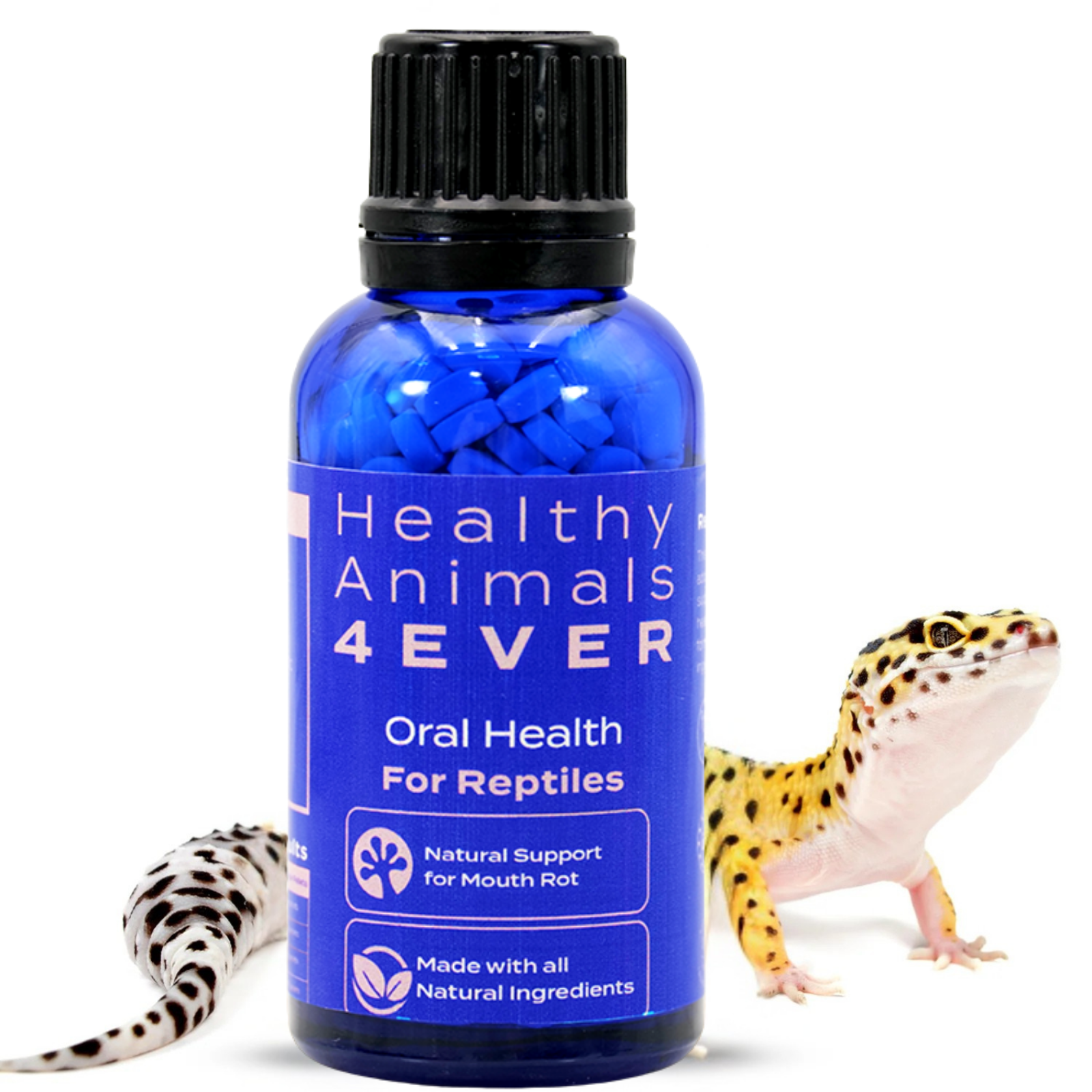How to Stop Cat Aggression Naturally: 5 Proven Tips for Behavior Issues in Cats
Behavior issues in cats can be frustrating, confusing, and sometimes even a little scary. One minute they’re cuddling with you, and the next, they’re lashing out. But the truth is, most cats don’t act aggressively for no reason. There’s always something behind it: fear, pain, stress, or just too much bottled-up energy.
But you don’t have to jump straight to harsh methods or medications to handle it. There are plenty of gentle, natural ways to help your cat feel more secure, relaxed, and in control. In this blog, we’ll look at why cats get aggressive and how you can work with them to bring peace back into your home.
Anxiety and Over-reaction from Fear offers natural support for aggressive cat behavior, excessive barking, nervousness, and anxiety. Helps alleviate stress and fear. All-natural formula. Easy to use.
Understanding Feline Aggression
Cats can be mysterious: one minute, they’re purring in your lap, and the next, they’re swatting at your hand. It’s not that they’re mean or unpredictable on purpose; aggression in cats often comes from something deeper. The first step to handling it naturally is to understand why it’s happening.
There are a few common types of aggression in cats:
-
Play aggression: This usually shows up in kittens and young cats. It can look like biting, pouncing, or attacking hands or feet that are in motion. This is because, in their mind, they’re practicing hunting skills.
-
Fear aggression: If a cat feels cornered or threatened, it may lash out defensively. This is their way of saying “back off” when they don’t feel safe.
-
Territorial aggression: Cats are big on personal space. If they think their space is being invaded (by another pet, a new person, or even a rearranged room), they might act out to defend it.
-
Redirected aggression: Sometimes a cat gets worked up over something they can’t reach (like another cat outside the window), and they end up attacking whoever’s nearby instead.
-
Petting-induced aggression: Ever pet your cat for a while and then suddenly get scratched? Some cats have a low tolerance for touch and will let you know when they’ve had enough.

Identifying the Root Cause
Once you’ve spotted the signs of aggression, the next step is figuring out what’s behind it. Cats don’t act out for no reason; there’s almost always a trigger for behavior issues in cats.
Here are a few common root causes:
1. Stress and Environment
Cats are sensitive to changes. A new pet, a move, a loud noise, or even a new piece of furniture can throw them off. If your cat seems more aggressive than usual, check if anything has changed in their world lately.
Also, think about their daily life. Are they getting enough stimulation? Or are they bored and restless? A lack of play and mental engagement can lead to frustration, which may come out as aggression.
2. Medical Issues
Pain or discomfort is a big one. If your usually chill cat suddenly gets aggressive and starts biting or hissing, a vet check is a must. Issues like dental pain, arthritis, or urinary tract infections can make any cat grumpy. And they can’t tell you they’re hurting, so they show it through hostile aggressive behavior.
Hip, Joint and Back Pain Relief is a natural hip, joint, and back pain remedy for all cats. Helpful for cats with arthritis. Useful as an anti-inflammatory. All-natural formula. Safe and easy to use.
3. Social and Behavioral History
If you adopted your cat from a shelter or rescue, their past experiences may still affect them. Cats that weren’t properly socialized or were abused in the past may be more reactive or fearful. These cats often need extra time and a very gentle approach.
Sometimes, it's not just one thing, but a combination. Maybe your cat is naturally high-energy and stressed by a noisy home. Or they’re older and have some joint pain, but also hate the new kitten you just brought home. That’s why it’s important to take a step back and look at the full picture.

1. Creating a Calmer Environment
A peaceful cat starts with a peaceful space. If your cat is acting out, take a good look at their surroundings. Their environment has a big impact on how they feel and behave.
Cats need places where they feel safe and in control. That doesn’t mean your home has to look like a jungle gym, but a few simple changes can make a big difference.
Here are a few ideas:
-
Set up a safe zone. Every cat should have a quiet spot where they can retreat when they need a break. This could be a cozy corner, a soft bed in a quiet room, or even a covered box.
-
Avoid overstimulation. Some cats get stressed out by too much noise or chaos. If your home is often loud or busy, try to give your cat breaks from it.
-
Use vertical space. Cats love being up high. It gives them a sense of security and control. Add a cat tree, some shelves, or a window perch to give your cat options to climb and observe from a distance.
-
Respect their territory. Don’t force interaction, especially if your cat is already feeling uneasy. Let them come to you on their own terms.

2. Natural Remedies and Calming Aids
These natural options won’t sedate your cat, but they can gently calm their nerves. Here are some common natural aids cat owners find helpful:
-
Herbs like catnip, valerian root, and chamomile. Not all cats react the same way to herbs, but some may find them relaxing. Catnip, for example, excites some cats and calms others.
-
Feline pheromones. Products like Feliway mimic the calming pheromones cats release when they feel safe. You can get them as sprays, diffusers, or wipes. Many cats respond really well to them over time.
-
CBD for cats. There’s growing interest in CBD oil made specifically for pets. It may help with anxiety and irritability, but always check with your vet first to make sure it’s safe and that you’re using the right dosage.
Instant Calm Lavender Stress Reducer provides natural stress and anxiety support for pets, helping them manage daily stressors and promoting a sense of calmness.
Keep in mind that these are supports, not instant fixes. They work best when combined with the other steps you’re taking to make your cat feel secure.

3. Proper Play and Enrichment
A lot of cat aggression actually comes from boredom or pent-up energy. Cats are natural hunters, and when they don’t get the chance to use that energy in healthy ways, it can come out as biting, swatting, or rough play.
Make playtime part of your daily routine. 10 to 15 minutes a couple of times a day can help your cat burn off energy in a good way. Use toys that mimic prey, like feather wands, toy mice, or anything that moves unpredictably.
Rotate toys regularly so your cat doesn’t get bored. Just like us, they lose interest in the same old thing every day.
Here are a few more enrichment ideas:
-
Puzzle feeders or treat-dispensing toys. These keep your cat mentally busy and give them a sense of accomplishment.
-
A window perch or bird feeder outside. Many cats love watching birds or squirrels.
-
Catios or leash training. If your cat is curious about the outdoors, a safe enclosure or harness walk can offer a ton of stimulation without the risks of roaming freely.

4. Nutrition and Health
What your cat eats plays a bigger role in their behavior than you might think. Just like people, cats can get cranky or sluggish if their diet isn’t right. A well-balanced, high-quality diet supports not only physical health but also emotional balance.
First, make sure your cat’s food is species-appropriate. That means it’s rich in protein, low in unnecessary fillers, and meets their nutritional needs. Avoid foods with a lot of artificial additives or sugar.
Some cats may benefit from calming supplements. These aren’t sedatives, but natural compounds that can help regulate mood and stress. A few common ones include:
-
L-theanine which is an amino acid known for its calming effects
-
Tryptophan which supports serotonin production, often called the “feel-good” chemical
And finally, don’t overlook hydration. Cats who eat only dry food are more prone to dehydration, which can affect their overall comfort and energy. Adding wet food or a pet water fountain can help keep them better hydrated and feeling good.

5. Positive Reinforcement and Training
Training a cat helps shape behavior. The key is positive reinforcement. That means rewarding the behaviors you do want instead of punishing the ones you don’t. Yelling or swatting won’t fix aggression. It usually makes things worse, because it adds fear or confusion on top of whatever your cat is already feeling.
Here’s what helps:
-
Reward calm behavior. If your cat walks away instead of swatting or lets you pet them without biting, reward that. A treat, gentle praise, or playtime all work well.
-
Redirect, don’t scold. If your cat is getting too rough during play, stop the game and switch to a toy they can safely attack. Hands should never be the toy.
-
Clicker training. This method uses a small click sound to mark good behavior, followed by a treat. Over time, your cat learns to associate calm, non-aggressive behavior with good things happening.
Also, pay attention to your cat’s body language. If they’re flicking their tail, pulling their ears back, or looking tense, it’s probably time to back off and give them space.

When to Seek Professional Help
Sometimes, even with your best efforts, the aggression doesn’t go away, or it gets worse. That’s when it’s smart to bring in a professional.
Start with your veterinarian. Rule out any medical problems first. Pain, hormonal imbalances, or neurological issues can all show up as behavior problems. Once health issues are off the table, a certified feline behaviorist or veterinary behaviorist can help dig deeper into the emotional or environmental triggers.
You should consider professional help if:
-
The aggression is frequent, intense, or causing injury
-
Your cat seems constantly stressed or anxious
-
You feel unsafe around your cat or worry about someone else in the home
-
You’ve tried making changes but haven’t seen any improvement

Bottom Line
Dealing with cat aggression takes patience, but it doesn’t have to be overwhelming. When you understand what’s triggering your cat and take steps to support them naturally, things can start to shift. Small changes like more playtime, a calmer space, or a little help from natural remedies can make a big difference.
And when your cat feels better, everyone in the home does too.











